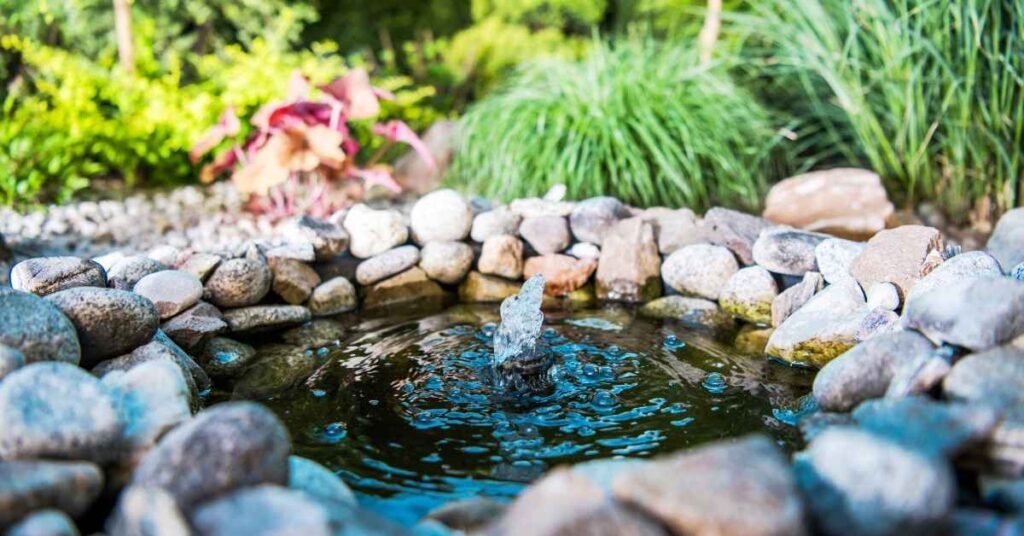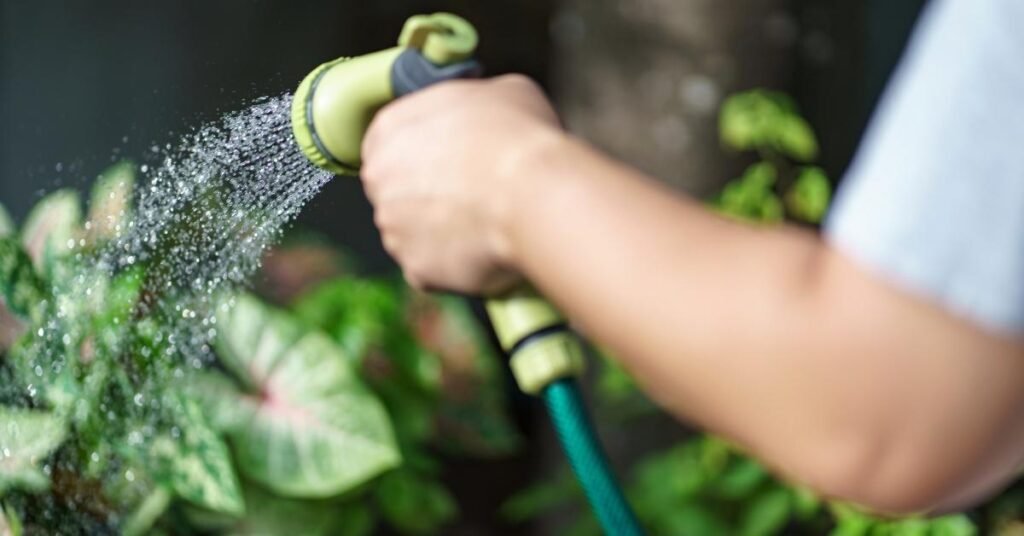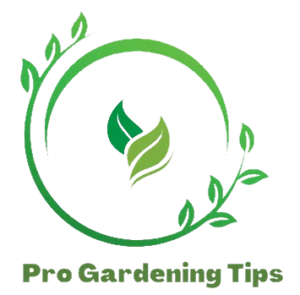Water Conservation Tips For Backyard Gardeners
For backyard gardeners, effective water conservation is essential to nurture thriving gardens sustainably. By implementing simple yet impactful strategies, such as mulching, drip irrigation, and rainwater harvesting, gardeners can optimize water use, reduce costs, and promote healthier plant growth. These practices not only conserve water but also contribute to environmental sustainability and resilience in the face of changing climate patterns.
Table of Contents
The Importance of Water Conservation
Water conservation is crucial for several compelling reasons. First and foremost, water is a finite resource essential for all life on Earth, making its preservation imperative. By conserving water, we ensure that future generations have access to this vital resource. Moreover, saving water reduces the energy required to supply and treat it, thus lowering greenhouse gas emissions.

Additionally, water conservation helps to maintain ecosystems and biodiversity. Many aquatic habitats rely on consistent water flows, and depletion can harm aquatic life and disrupt ecosystems. Conserving water also preserves freshwater sources for agriculture, which is vital for food security. On a practical level, efficient water use reduces water bills for individuals, businesses, and communities. Simple practices like fixing leaks, using water-efficient appliances, and practicing responsible irrigation can make a significant impact. Education and awareness play crucial roles in promoting water conservation behaviors at both the individual and societal levels.
In conclusion, water conservation is not just a responsibility but a necessity to ensure sustainable development and safeguard our environment for future generations.
Efficient Watering Techniques
Efficient watering techniques are essential for gardening to ensure plants receive adequate moisture while conserving water. By using smart watering methods, gardeners can promote healthy plant growth, minimize water waste, and contribute to environmental sustainability. Here are some of the most efficient watering techniques for gardening:
Mulching: Mulching is one of the most effective techniques to retain soil moisture. Apply a layer of organic mulch, such as wood chips, bark, straw, or compost, around plants. Mulch helps to reduce evaporation from the soil surface, regulates soil temperature, suppresses weeds, and improves soil structure over time.
Drip Irrigation: Drip irrigation delivers water directly to the root zone of plants at a slow and steady rate. This method significantly reduces water loss due to evaporation and runoff compared to overhead watering systems. Drip irrigation systems can be set up with timers and emitters to ensure plants receive water consistently without wastage.
Soaker Hoses: Similar to drip irrigation, soaker hoses release water directly into the soil near plant roots. These porous hoses allow water to seep slowly and deeply into the soil, minimizing evaporation and runoff. Soaker hoses are easy to install and can be used in gardens with rows of plants or around shrubs and trees.
Watering Early in the Morning: Watering plants early in the morning, ideally before 10 a.m., helps to reduce water loss through evaporation. Cooler temperatures and calmer winds in the morning allow water to penetrate the soil more effectively and benefit plants throughout the day.
Use of Water-Efficient Plants: Choose plants that are well-suited to your climate and soil conditions and require less water. Native plants and drought-tolerant species are excellent choices, as they have adapted to survive with minimal water once established. Grouping plants with similar water needs together can also optimize watering efficiency.
Adjustable Sprinklers: If using sprinklers, opt for adjustable models that can be customized to water specific areas of the garden. Adjust the sprinklers to avoid watering sidewalks, driveways, or other non-plant areas. Use sprinklers with timers to prevent overwatering and ensure water is applied during non-windy times to minimize drift.
Monitor Soil Moisture: Regularly check soil moisture levels to determine when and how much to water. Use a moisture meter or simply dig down a few inches into the soil to assess moisture content. Water only when the top few inches of soil are dry, as overwatering can lead to root rot and other plant diseases.
Rainwater Harvesting: Consider installing a rain barrel or cistern to collect rainwater from rooftops. Harvested rainwater can be used for garden watering, reducing reliance on municipal water supplies. Rainwater is typically free of salts, chlorine, and other chemicals found in tap water, making it beneficial for plants.
Watering at the Base of Plants: Direct water to the base of plants rather than overhead, especially for vegetables and annuals. This reduces water waste and minimizes the risk of fungal diseases on foliage. Use a watering can or hose with a nozzle attachment to target water directly at the root zone.
Regular Maintenance and Monitoring: Lastly, maintain irrigation systems regularly to ensure they are functioning efficiently. Repair leaks, adjust settings as needed, and replace worn-out parts to prevent water loss. Monitor weather conditions and adjust watering schedules accordingly to avoid unnecessary irrigation during periods of rainfall or high humidity.
By adopting these efficient watering techniques, gardeners can cultivate thriving gardens while conserving water resources. Whether through drip irrigation, mulching, or mindful watering practices, every effort contributes to sustainable gardening practices and environmental stewardship.
Setting Up Rainwater Harvesting Systems
Setting up a rainwater harvesting system is a sustainable practice that allows homeowners and gardeners to collect and store rainwater for various uses, reducing reliance on municipal water supplies and promoting water conservation. Here’s a detailed guide on how to set up a rainwater harvesting system:
Assessing Water Needs: Determine your water needs based on the size of your garden, frequency of watering, and other potential uses such as washing vehicles or outdoor cleaning. This assessment helps in determining the size and capacity of the rainwater harvesting system required.
Choosing a Collection Area: Identify suitable collection areas, such as rooftops, where rainwater runoff can be easily captured. Ensure that the surface is clean and free of debris to maintain water quality. The size of the collection area directly impacts the amount of rainwater harvested, so larger roofs typically yield more water.
Gutters and Downspouts: Install gutters and downspouts if not already in place to direct rainwater from the roof to the collection system. Ensure gutters are sloped properly towards downspouts to facilitate efficient water flow. Downspouts should be positioned to direct water into a storage tank or barrel.
First Flush Diverter: Incorporate a first flush diverter into your system to improve water quality. This device diverts the initial runoff, which may contain debris, pollutants, or bird droppings, away from the storage tank. It helps in reducing contamination and ensures cleaner water is collected.
Filtering and Screening: Install screens or filters at the entry point to the storage tank to prevent debris such as leaves, twigs, and insects from entering and contaminating the collected rainwater. Mesh screens or fine filters are effective in keeping the water clean and free of particles.
Storage Tank or Cistern: Select a suitable storage tank or cistern based on your water storage needs and available space. Tanks can range from small barrels to large underground cisterns. Choose materials like food-grade plastic, fiberglass, or concrete that are durable and safe for storing water.
Overflow Management: Install an overflow outlet or pipe near the top of the storage tank to divert excess rainwater away once the tank reaches capacity. This prevents overflow and potential water damage around the tank. Direct overflow to a permeable area or a secondary storage system if applicable.
Pumps and Distribution: Depending on your needs, consider installing a pump to distribute rainwater from the storage tank to where it is needed, such as garden beds or irrigation systems. Choose a pump that matches the capacity and pressure requirements of your irrigation setup.
Maintenance and Cleaning: Regularly maintain the system by inspecting gutters, downspouts, filters, and screens for debris or blockages. Clean filters and screens as needed to ensure proper water flow and quality. Inspect the storage tank for sediment buildup and clean it periodically to maintain water clarity.
Monitoring and Conservation Practices: Monitor rainfall patterns and adjust water usage accordingly to maximize the effectiveness of rainwater harvesting. Implement water conservation practices such as mulching, efficient irrigation methods, and using water-wise plants to further reduce water consumption.
Benefits of Rainwater Harvesting
- Environmental Benefits: Reduces strain on municipal water resources and decreases stormwater runoff, which can alleviate flooding and erosion.
- Financial Savings: Reduces water bills over time by utilizing free rainwater for non-potable uses.
- Water Quality: Rainwater is generally soft and free from the chemicals used in municipal water treatment.
By following these steps and considerations, setting up a rainwater harvesting system can be an effective way to conserve water, reduce environmental impact, and sustainably manage water resources for gardening and household needs.
Saving Water and Nurturing Your Garden
Saving water and nurturing your garden go hand in hand, embodying responsible stewardship of our precious natural resources. By adopting water-saving techniques such as drip irrigation, mulching, and rainwater harvesting, gardeners not only ensure efficient water use but also promote healthier plant growth and sustainable gardening practices.

Conserving water in the garden is not just about practicality; it’s a commitment to environmental sustainability. Every drop saved through mindful watering practices contributes to preserving local ecosystems, reducing water pollution, and mitigating the impact of water scarcity on future generations. Moreover, nurturing your garden with water-conscious methods fosters a deeper connection to nature. It encourages mindfulness about how we interact with our environment, fostering a sense of responsibility and appreciation for the interconnectedness of all living things.
Conclusion
Ultimately, by saving water and nurturing your garden thoughtfully, you not only create a flourishing oasis of greenery but also contribute positively to the broader goal of environmental conservation and sustainable living. It’s a small yet impactful step towards creating a more resilient and harmonious relationship between humans and the natural world we depend upon.
